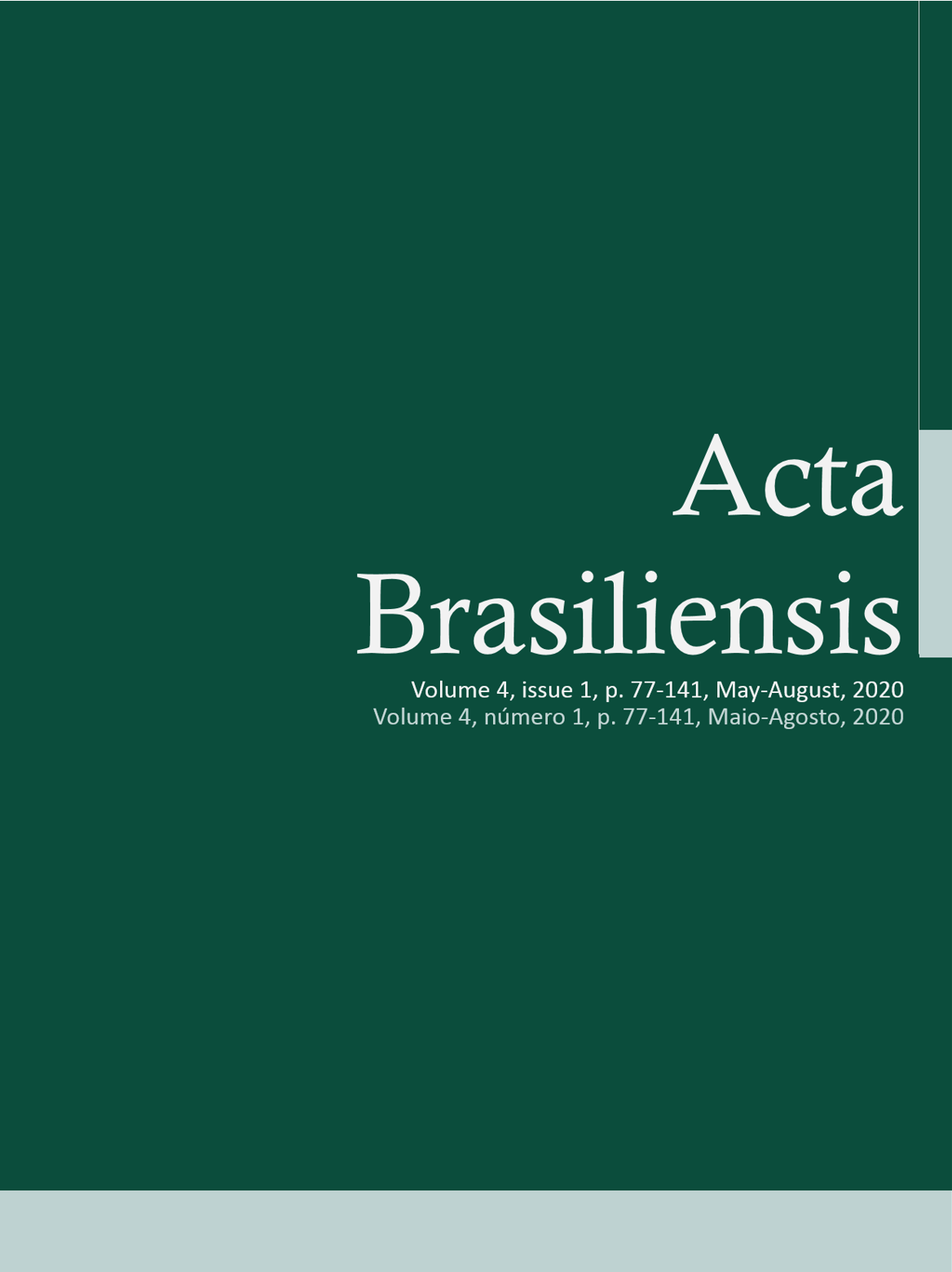Adsorption of hexavalent chromium on a coal beneficiation tailing material in batch and fixed-bed column
Abstract
The objective of this work is to utilize a coal beneficiation tailing from Moatize (Mozambique) for the adsorption of hexavalent chromium from water in batch model and fixed bed column. Coal waste was used in particle size between 0.7 and 1.5 mm. The effects of pH, contact time and solid adsorbent concentration were analyzed by batch experiments. The results indicated that it was possible to obtain 98.6% of removal under the experimental conditions of pH 2, 10 h of process and 8 g.L-1 of solid adsorbent. From these experimental results, equilibrium isotherms were build and Langmuir and Sips models presented a better fit to the experimental data. The adsorption of chromium hexavalent from aqueous solution onto coal waste was investigated in a fixed bed column at 298 K. The effects of the inlet concentration, feed flow rate, bed depth on adsorption were investigated. In general, the evaluated parameters improved as a results increase in a Z (bed deep) and decreases in Q (feed flow rate). These performance metrics also improved as C0 (inlet concentration) was increased.
Downloads
References
Acheampong, M. A., Pakshirajan, K., Annachhatre, A. P., & Lens, P. N. L. (2013). Removal of Cu ( II ) by biosorption onto coconut shell in fixed-bed column systems. Journal of Industrial and Engineering Chemistry 19(3), 841–848. doi: 10.1016/j.jiec.2012.10.029
Canteli, A. M. D., Carpiné, D., Scheer, A. de P., Mafra, M. R., & Igarashi-Mafra, L. (2014). Fixed-bed column adsorption of the coffee aroma compound benzaldehyde from aqueous solution onto granular activated carbon from coconut husk. LWT - Food Science and Technology, 59(2P1), 1025–1032. doi:10.1016/j.lwt.2014.06.015
Chen, S., Yue, Q., Gao, B., Li, Q., Xu, X., & Fu, K. (2012). Adsorption of hexavalent chromium from aqueous solution by modified corn stalk : A fixed-bed column study. Bioresource Technology, 113, 114–120. doi:10.1016/j.biortech.2011.11.110
Cheng, Q., Wang, C., Doudrick, K., & Chan, C. K. (2015). Hexavalent chromium removal using metal oxide photocatalysts. Applied Catalysis B: Environmental, 176–177, 740–748. doi:10.1016/j.apcatb.2015.04.047
Dehghani, M. H., Sanaei, D., Ali, I., & Bhatnagar, A. (2016). Removal of chromium(VI) from aqueous solution using treated waste newspaper as a low-cost adsorbent: Kinetic modeling and isotherm studies. Journal of Molecular Liquids, 215, 671–679. doi:10.1016/j.molliq.2015.12.057
Duarte, A. L., DaBoit, K., Oliveira, M. L. S., Teixeira, E. C., Schneider, I. L., & Silva, L. F. O. (2018). Hazardous elements and amorphous nanoparticles in historical estuary coal mining area. Geoscience Frontiers, 10(3), 927-939. doi:10.1016/j.gsf.2018.05.005
Ko, D. C. K., Porter, J. F., & McKay, G. (2001). Film-pore diffusion model for the fixed-bed sorption of copper and cadmium ions onto bone char. Water Research, 35(16), 3876–3886. doi:10.1016/S0043-1354(01)00114-2
Koloczek, H., Jarosław, C., & Zukowski, W. (2015). Peat and coconut fiber as biofilters for chromium adsorption from contaminated wastewaters. Environmental Science and Pollution Research, 23(1), 527-534. Recovered from https://link.springer.com/article/10.1007%2Fs11356-015-5285-x
Kundu, S., & Gupta, A. K. (2007). As(III) removal from aqueous medium in fixed bed using iron oxide-coated
cement (IOCC): Experimental and modeling studies. Chemical Engineering Journal, 129(1–3), 123–131. doi:10.1016/j.cej.2006.10.014
Maass, D., Valério, A., Lourenço, L. A., de Oliveira, D., & Hotza, D. (2019). Biosynthesis of iron oxide nanoparticles from mineral coal tailings in a stirred tank reactor. Hydrometallurgy, 184, 199–205. doi:10.1016/j.hydromet.2019.01.010
Oliveira, C. M., Machado, C. M., Duarte, G. W., & Peterson, M. (2016). Beneficiation of pyrite from coal mining. Journal of Cleaner Production, 139, 821–827. doi:10.1016/j.jclepro.2016.08.124
Oliveira, M. L. S., Da Boit, K., Schneider, I. L., Teixeira, E. C., Crissien Borrero, T. J., & Silva, L. F. O. (2018). Study of coal cleaning rejects by FIB and sample preparation for HR-TEM: Mineral surface chemistry and nanoparticle-aggregation control for health studies. Journal of Cleaner Production, 188, 662–669. doi:10.1016/j.jclepro.2018.04.050
Samuel, M. S., Bhattacharya, J., Raj, S., Santhanam, N., Singh, H., & Pradeep Singh, N. D. (2019). Efficient removal of Chromium(VI) from aqueous solution using chitosan grafted graphene oxide (CS-GO) nanocomposite. International Journal of Biological Macromolecules, 121, 285–292. doi:10.1016/j.ijbiomac.2018.09.170
Sandeep, G., Vijayalatha, K.R., Anitha, T. (2019) Heavy metals and its impact in vegetable crops. Int. J. Chem. Stud., 7(1), pp. 1612-1621.
Scheer, A. D. P., Mafra, M. R., Marcos, A., Canteli, D., Carpin, D., & Igarashi-mafra, L. (2014). Fixed-bed column adsorption of the coffee aroma compound benzaldehyde from aqueous solution onto granular activated carbon from coconut husk. LWT - Food Science and Technology, 59(2), 1025-1032. doi:10.1016/j.lwt.2014.06.015
Singh, T. S., & Pant, K. K. (2006). Experimental and modelling studies on fixed bed adsorption of As(III) ions from aqueous solution. Separation and Purification Technology, 48(3), 288–296. doi:10.1016/j.seppur.2005.07.035
Swarnalatha, S., Dandaiah, S., Srimurali b, M., & Sekaran, G. (2008). Safe disposal of toxic chrome buffing dust generated from leather industries. Journal of Hazardous Materials 150(2) 290–299. doi:10.1016/j.jhazmat.2007.04.100
Tan, I. A. W., Ahmad, A. L., & Hameed, B. H. (2008). Adsorption of basic dye using activated carbon prepared from oil palm shell: batch and fixed bed studies. Desalination, 225(1–3), 13–28. doi:10.1016/j.desal.2007.07.005
Zou, W., Zhao, L., & Zhu, L. (2013). Adsorption of uranium(VI) by grapefruit peel in a fixed-bed column: Experiments and prediction of breakthrough curves. Journal of Radioanalytical and Nuclear Chemistry, 295(1), 717–727. Recovered from https://link.springer.com/article/10.1007%2Fs10967-012-1950-4






